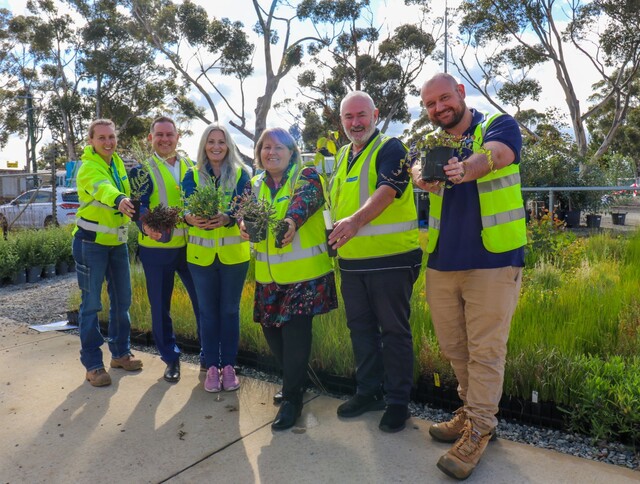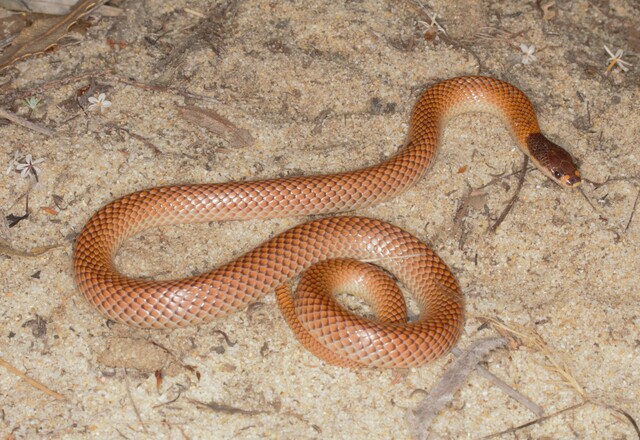The Sutherland Shire Strategy – Integrating Biodiversity and Planning – received a commendation in the 2003 National Awards for Local Government. Council entered its Integration of Biodiversity Conservation into the Local Government Planning category of the awards, staged annually by the National Office of Local Government.
Council’s Biodiversity Strategy was developed in 1997, following the release of a National Biodiversity Strategy in 1996. It also incorporates State and regional strategies.
Located south of Sydney, Sutherland Shire’s natural features include the Georges River, Port Hacking and Captain Cook’s landing site on the Kurnell Peninsula. It borders Australia’s oldest National Park – the Royal National Park – and the Holsworthy Army Base. Sutherland works closely with the NSW National Parks and Wildlife Service, Department of Defence, and Department of Infrastructure, Planning and Natural Resources to ensure a consistent regional approach to biodiversity and sustainability.
Council’s Biodiversity Strategy was implemented to protect the Shire’s unique natural setting – 54 per cent of its 370 square kilometres is untouched by development. Council conducted intensive mapping to determine the levels of biodiversity in the Shire, and what key elements needed protection.
Sutherland Shire is one of only a few organisations to have completely mapped its vegetation and environmental risk zones. The Strategy is specific to the Shire’s unique and diverse ecosystems, but the development of detailed mapping layers is transferable to other Councils.
Sutherland has discussed the strategy with other NSW Councils that have similar habitats, including Hornsby, Blue Mountains, Warringah and Ku-ring-gai. The strategy has been incorporated into Council’s Draft LEP and Management Plan, affecting the operation of all Council departments. It covers five main areas of biodiversity, including habitat protection, habitat corridors, threatened species, management and control of exotic species, and bushfire management.
A recent Council report outlined the achievements in each of these areas, including the following:
- ongoing community and Council support for Bushcare, with more than 1200 volunteers working at 120 sites throughout the Shire
- inclusion of Biodiversity planning initiatives in Council’s Draft People’s Local Environmental Plan
- an intensive community consultation process, involving 17,000 residents and business people, that identified the Shire’s five key biodiversity priorities for the next 30 years
- more than 165 private properties joining the voluntary participation phase of the Greenweb project, launched in September 2002
- production of a booklet describing all native plants in the Sutherland Shire Littoral Rainforest
- successful weed management on the historic Kurnell peninsula
- an upgrade of the Shire nursery, allowing a greater range of indigenous plants to be grown
- production of a biodiversity video called Living Treasure: Protecting our Bushland and Biodiversity for community education.
A full report of actions taken to conserve biodiversity is included in Council’s annual State of the Environment Report.
For further information contact Council’s Environmental Scientist, Ian Drinnan, on (02) 9710 0584.







